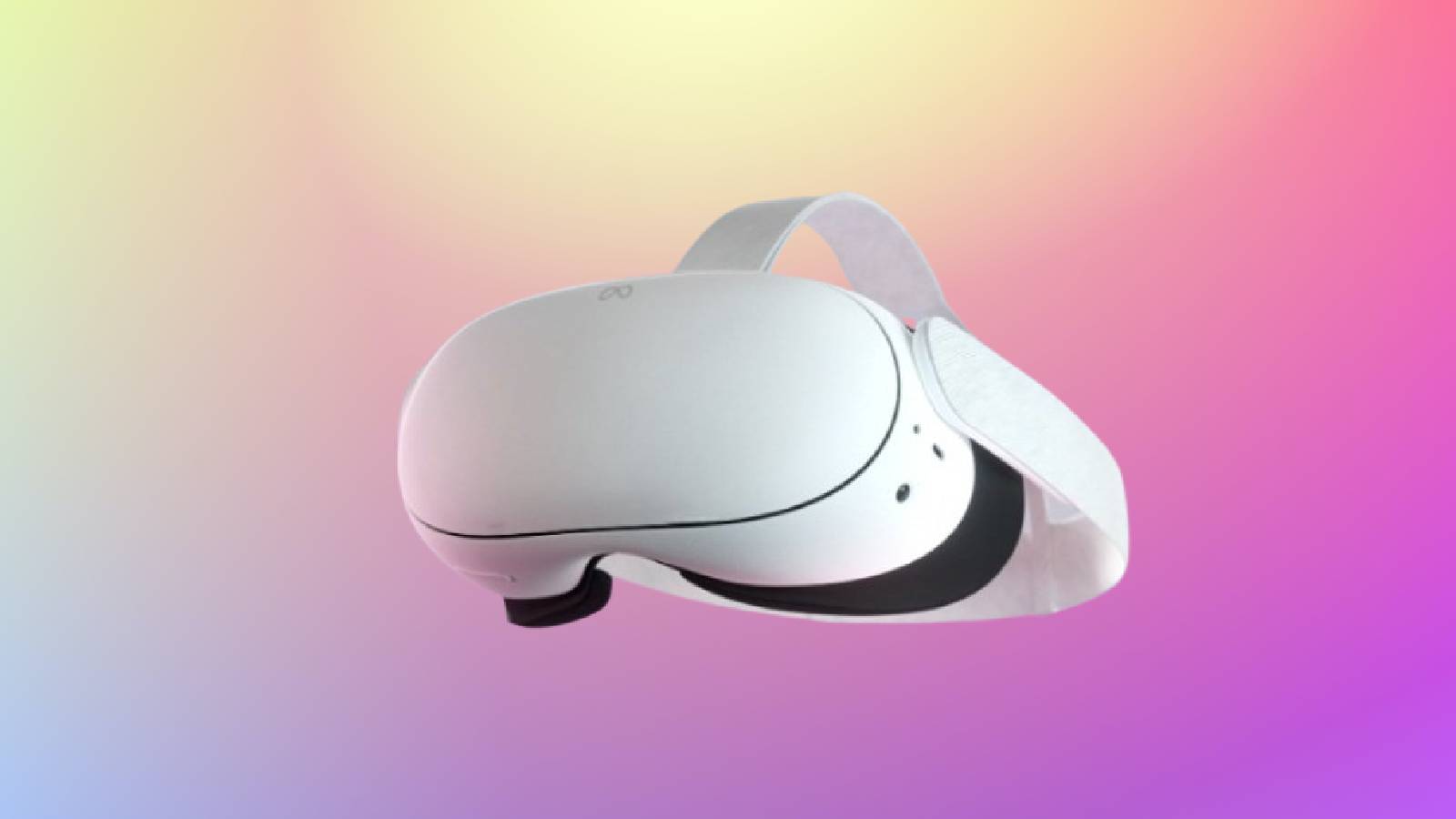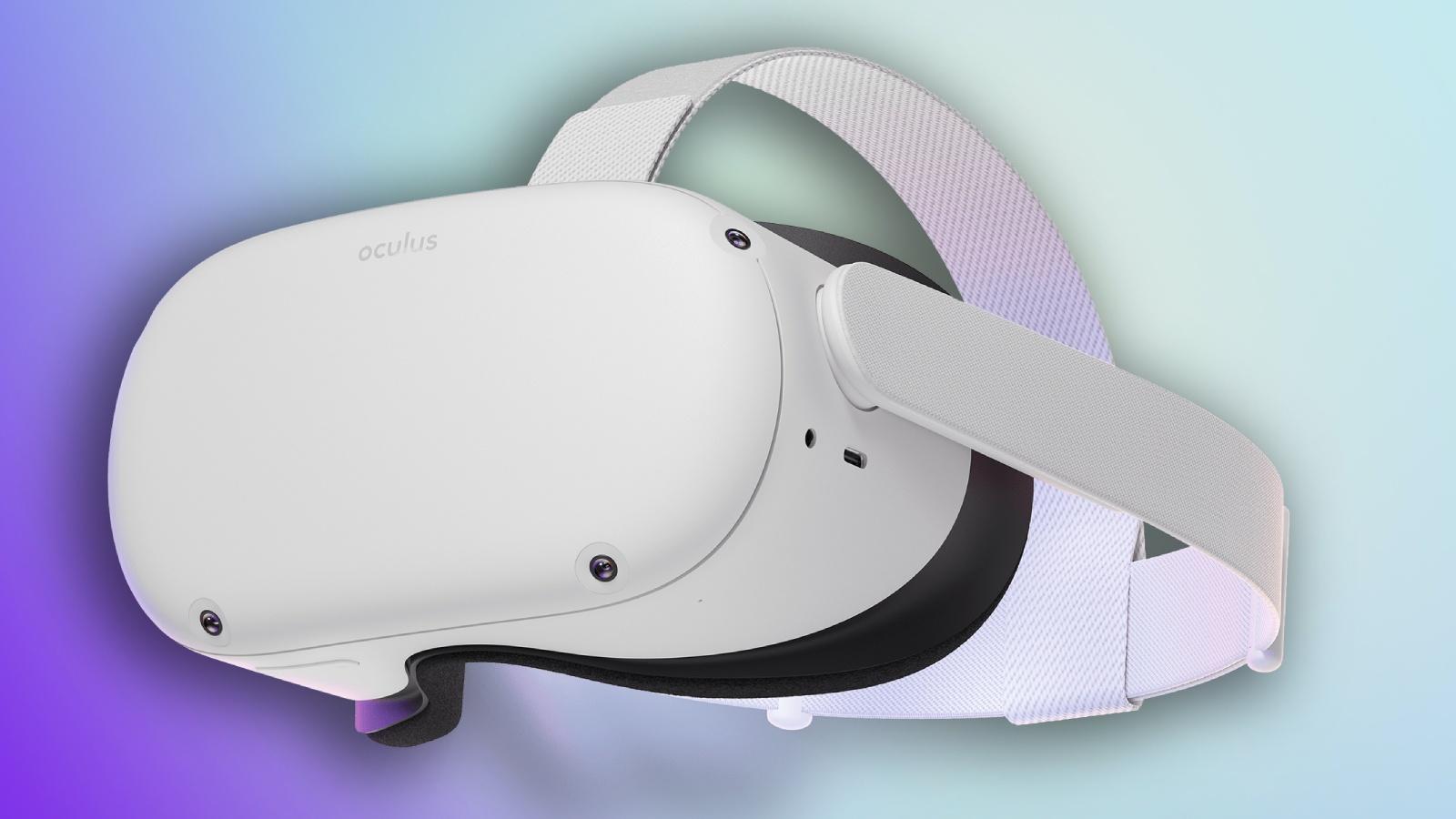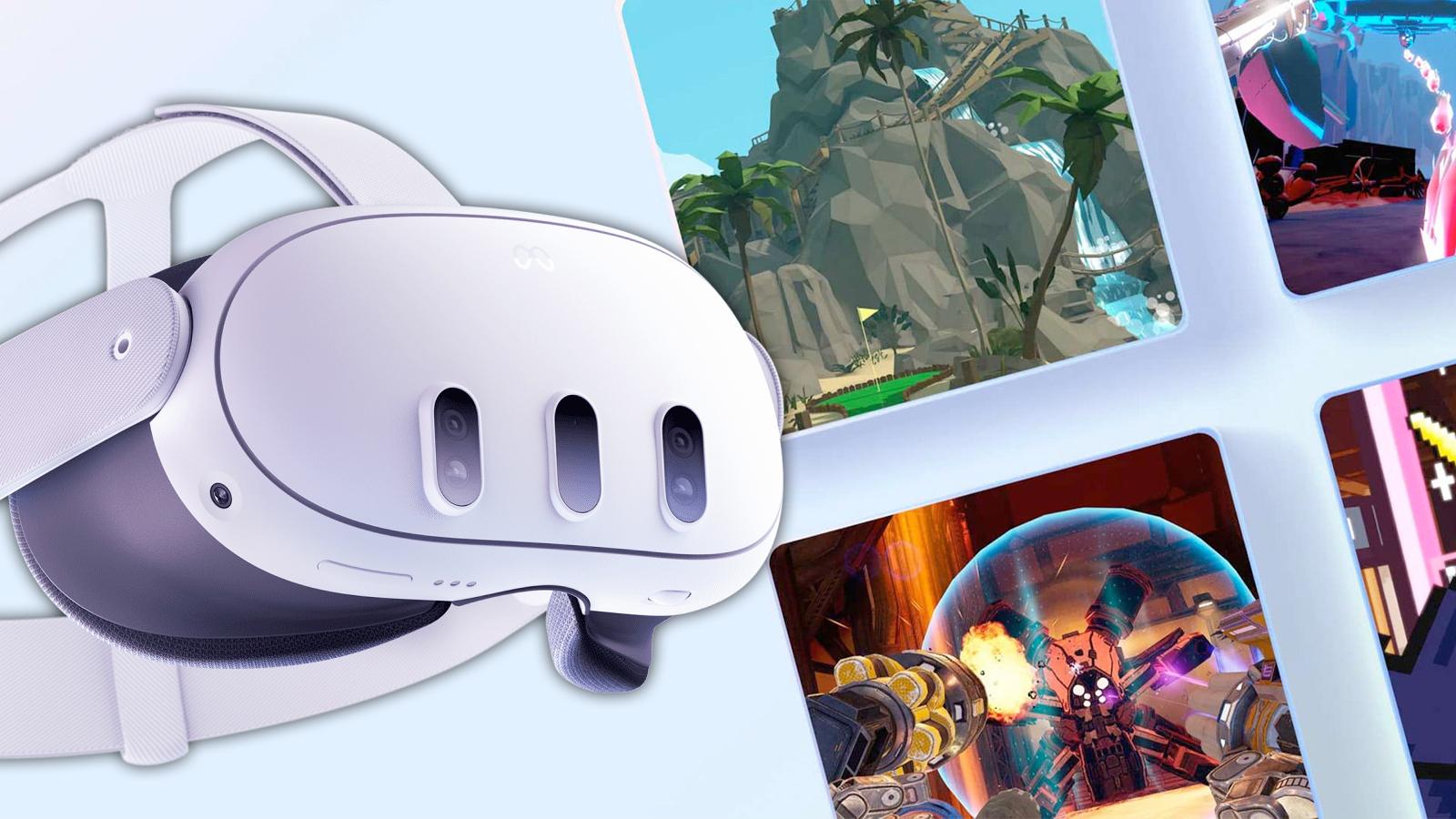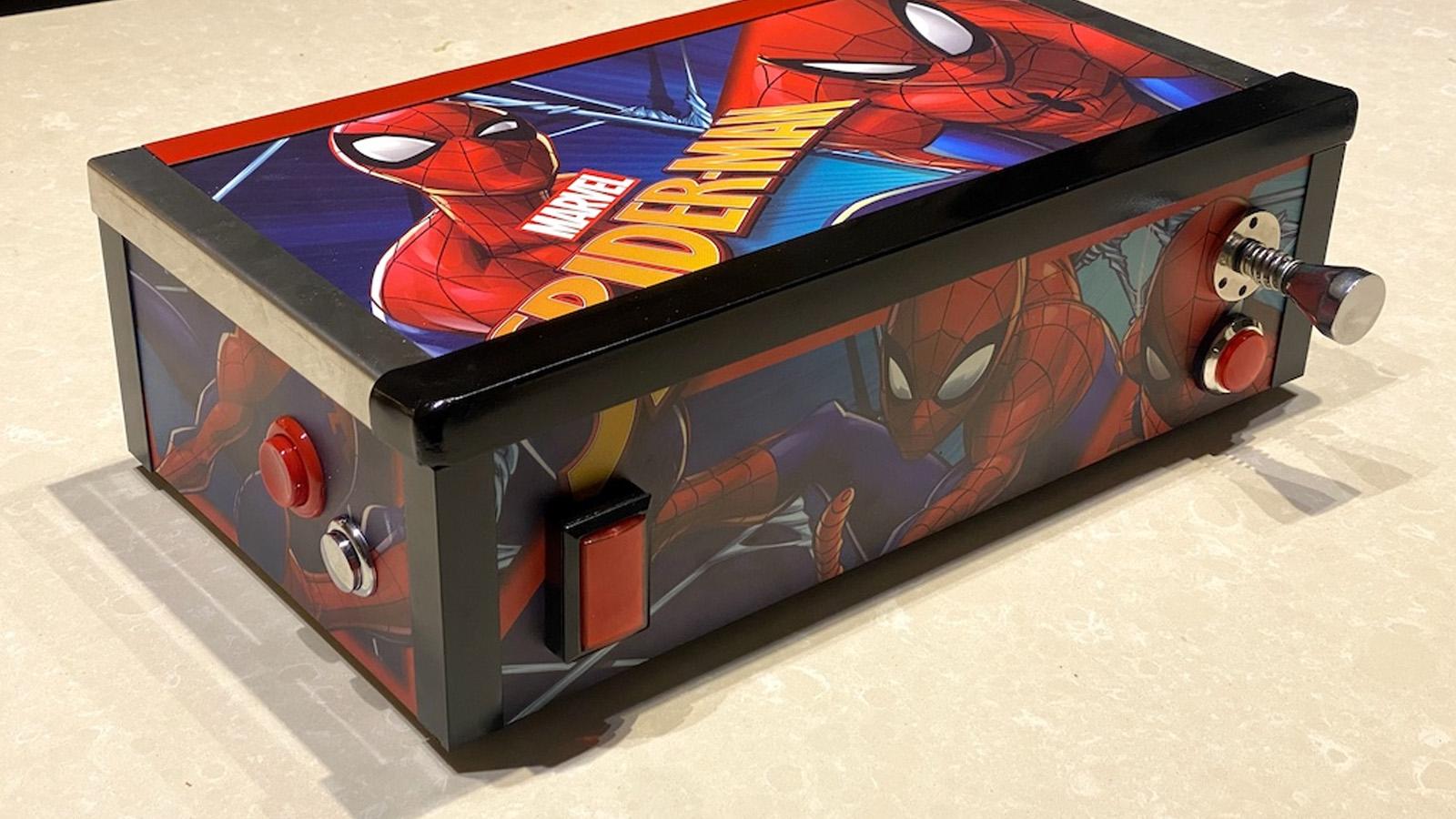Meta Quest 3 review: The ultimate entry-level VR headset
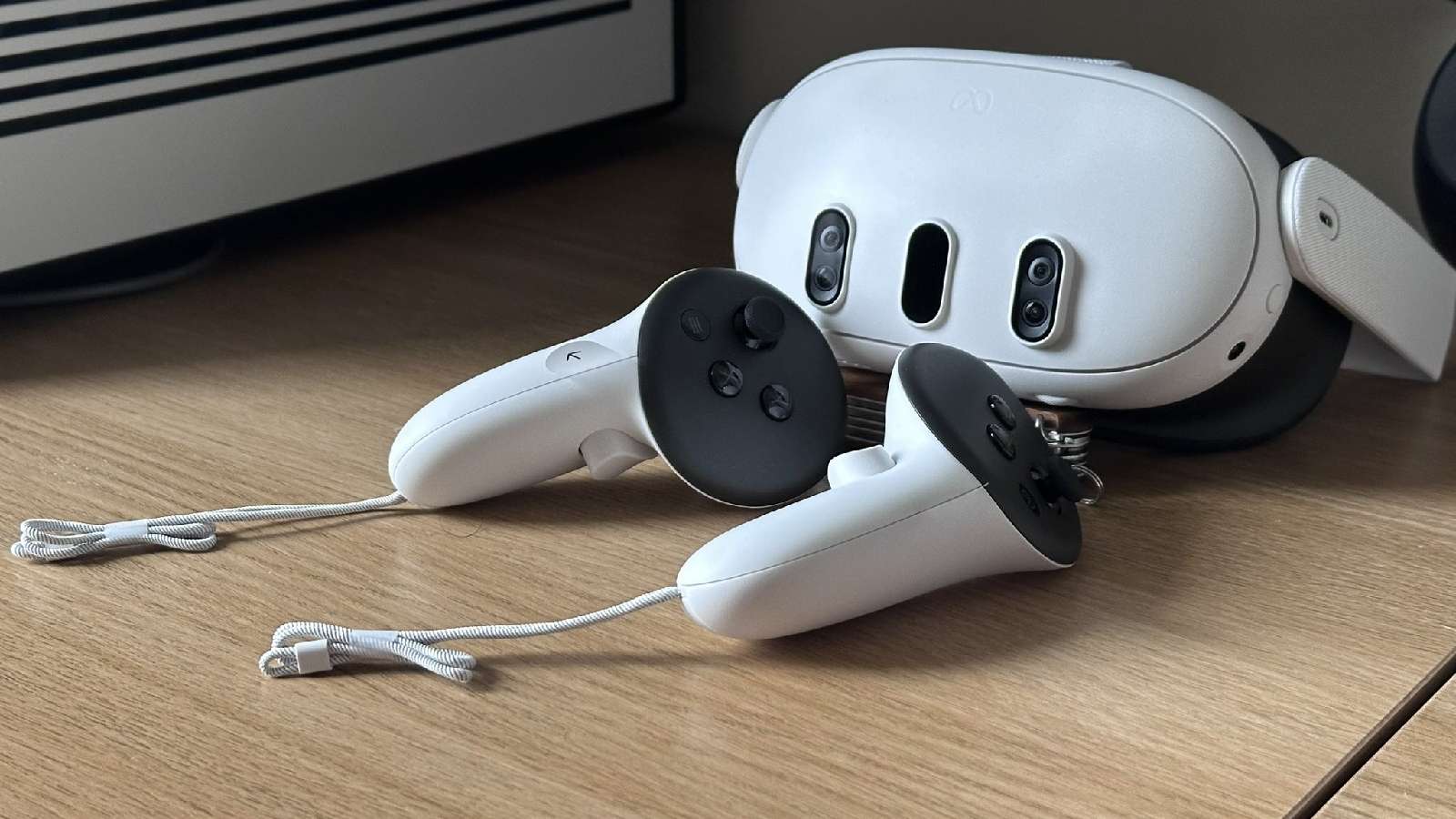 Dexerto
Dexerto Meta’s Quest 3 headset is the latest in the company’s long string of VR headsets. But, is investing in a VR headset worthwhile? We investigate.
The Meta Quest 3 comes out in a transitionary period for the VR industry. With companies like Apple getting into the mix with the likes of the Vision Pro, you will have the advent of things such as spatial computing, in addition to leaps in performance when it comes to passthrough and mixed reality.
While the rest of the world has cooled on the “Metaverse“, does the Quest 3 manage to make VR relevant to casual users, instead of a hardcore niche of hobbyists? At a price that ends up being more expensive than its direct predecessor, is Meta really doing enough to get VR noobs on board?
Key specs
| Specs | Meta Quest 3 |
| SoC | Lightweight, mixed-reality passthrough, wireless, |
| Resolution (Per-eye) | 2064×2208 |
| Display type | LCD |
| Refresh rate | 90Hz / 120Hz |
| Field of view | 110 degrees horizontal, 96 degrees vertical |
| Lenses | Pancake |
| Features | Lightweight, mixed-reality passthrough, wireless |
| Controllers | Meta Touch Plus Controller |
| Weight | 515g |
| Price | $499.99 |
Design
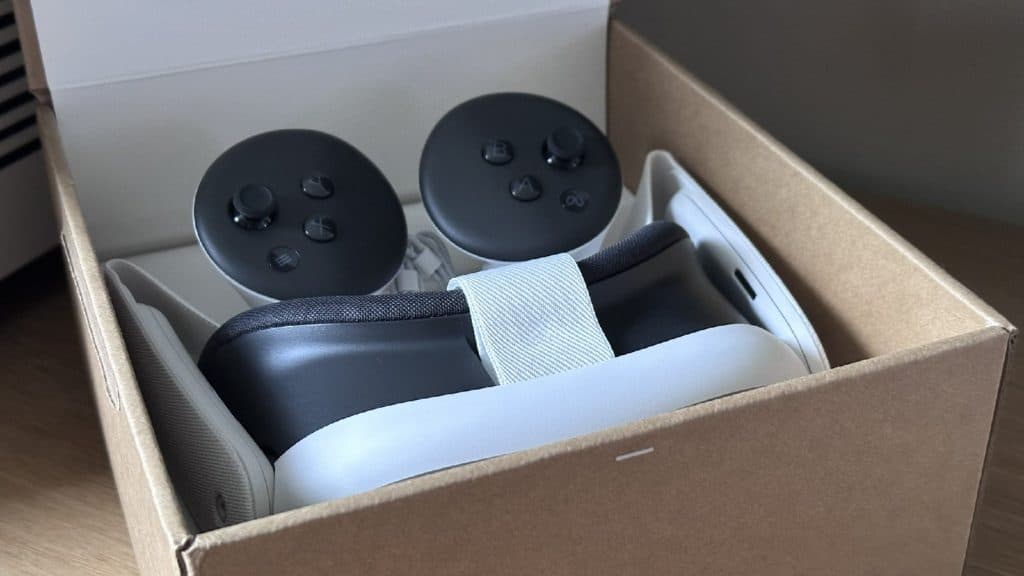 Dexerto
Dexerto The Meta Quest 3 might not look quite as modern as the Quest Pro that came before it. But, the sleek white plastic and pancake lenses make the Quest 3 feel much more modern than the Quest 2 before it. Unboxing the headset is incredibly simple, and you get access to the headset and controllers immediately, with a QR code that allows you to get set up with the headset and configure it for the first time.
The front of the headset is flush with an array of sensors and cameras, which is built with a combination of matte white plastic and glossy black. The bottom of the headset houses a dial to configure your interpupillary distances, in addition to a power button and more. It’s surprisingly lightweight, and the facial interface of the device is kitted out with a plush, breathable fabric that never felt too stuffy for the duration of our testing.
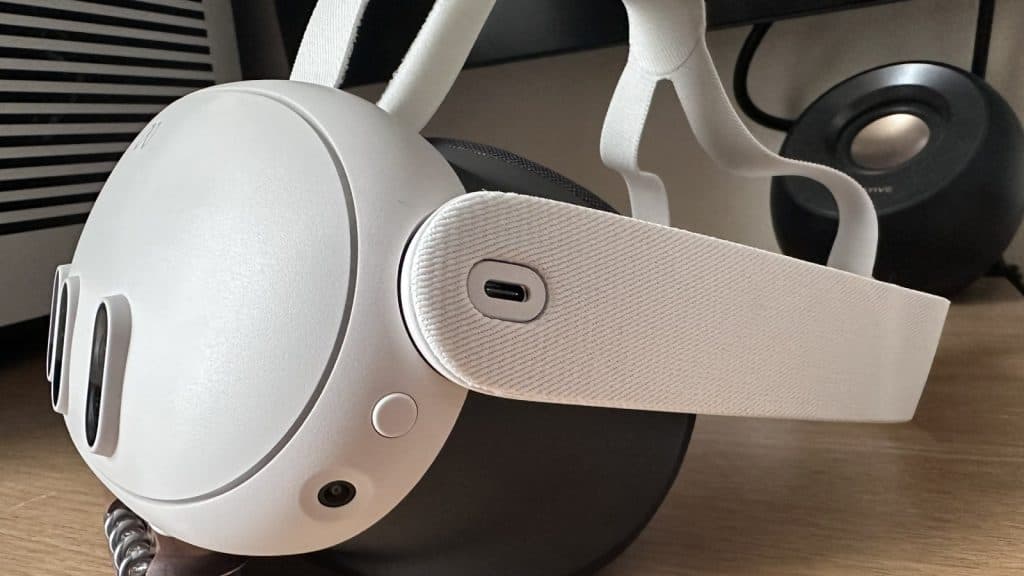 Dexerto
Dexerto On the left and right-hand side, you get a plastic support, which is covered in a white fabric, and is connected to a head strap. This looks and feels great, and having the USB-C port here makes total sense, as it allows you to set and forget the device.
The fabric head straps are incredibly simple to adjust and configure, though they offer no padding whatsoever. But, this didn’t end up being a huge issue for me, but it might become uncomfortable for folks with different types of hair. I’m not sure if it’s down to the weight distribution, or the wireless nature of the headset, but it feels fantastic to wear for long periods of time without getting sweaty or feeling fatigued. Regardless, for those looking for a more premium experience, Meta also offers an aftermarket head strap for those who don’t get on quite as well with the default option.
Display & internals
The Meta Quest 3 has a nice, wide FoV which improves upon its predecessor. But, for those coming from the Quest Pro, you might be disappointed about the lack of an OLED screen. While the Quest 3’s LCD panel does a lot of heavy lifting thanks to its high resolution, I still feel as though OLED has to be the way to go for VR headsets in the future, since the panel technology just feels so far ahead of traditional displays.
With this in mind, the Quest 3 ships with the Snapdragon XR2 Gen 2, which is a bit of a mouthful, but in essence, you should expect better speeds, and better performance thanks to a 4nm die shrink. When comparing titles running on Quest 2 and 3, it’s clear that the extra power is being used on the chip, and serves to enhance existing experiences, as well as hopefully offer newer-higher fidelity applications.
Just bear in mind that the Quest 3 does not have eye tracking at the time of writing. This feels reasonable, as the device does offer a lot for a $500 headset, but we would have hoped to see Meta make the jump here.
Setup experience
The FOV and sharpness offered by the headset are fantastic, as you go through the setup process, you’ll set up pretty much everything you need to get started, including your play space, hooking up your Meta accounts via an app, and much more.
But, one of the standouts of the headset is that it no longer drops you into a rendered room or space, instead, you get access to full-color passthrough. While it can occasionally look a little muddy in low-light scenarios, it works incredibly well and allows you to see your surroundings while using the headset, which feels like a much more friendly experience than being locked into a 3D environment.
Meta Touch Plus controllers
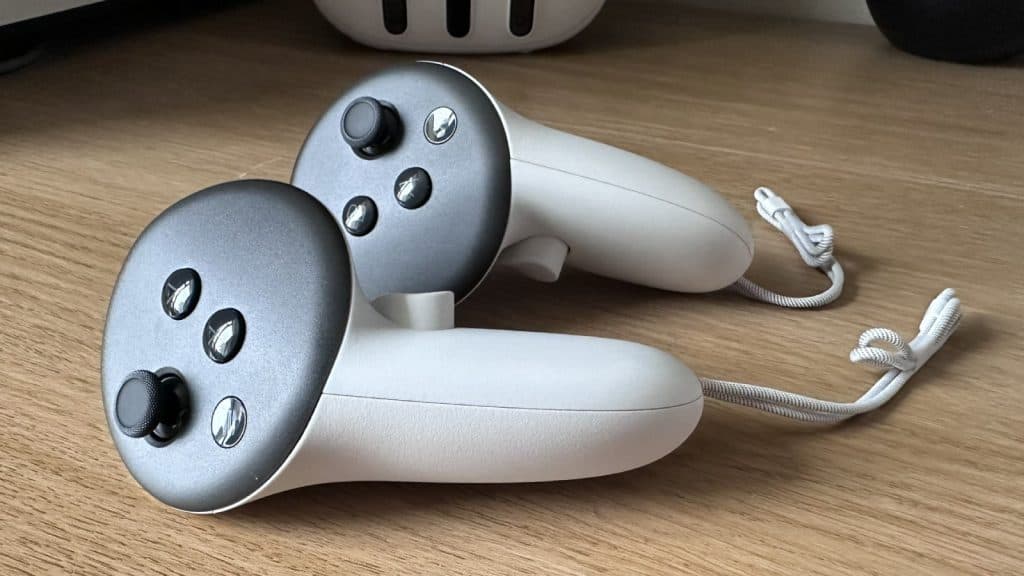 Dexerto
Dexerto Meta’s new Touch Plus controllers are extremely impressive and don’t sport a traditional tracking ring, which allows them to be much more portable than almost every other headset controller I have tried over the past seven years and change. Unfortunately, the controller is not using a hall-effect sensor, and is using a potentiometer instead. This means that they will be prone to degradation over time, and will eventually drift.
Despite this, the ergonomic nature of the controller means that it fits snugly into your hands. The controller feels smaller than the Quest 2, but my hands are fairly small, and the difference is noticeable. You get all the standard buttons, with a capacitive flair that never fails to impress me since the black surface atop the controller is also tracked. This makes using it in games and content incredibly immersive.
The new TruTouch haptics inside the Touch Plus controllers also feel great, with fine vibrations when picking up objects or interacting with experiences.
But we just wished that the controller was rechargeable out of the box. Spending $500 on a headset, just to find out that you have to splash out extra on rechargeable batteries can feel like a bit of a slap in the face in 2023.
Software
The Meta Quest 3 comes with the most robust software offering of any VR headset out there, with a dedicated store chock full of titles, the Quest 3 can offer you hundreds of VR applications right out of the box. But, the one that we loved using the most was Demeo. The title offers a mixed-reality upgrade, where you can see your surroundings as you play with friends in the tabletop adventure.
Combined with Meta’s Quest Plus subscription, it makes a compelling VR offering, even for those who have yet to make the jump. I wish that the store was easier to navigate, or had options to find Quest 3-enhanced titles. The bundled title, Asgard’s Wrath 2 isn’t out yet, which seems like a bit of a missed trick. The company could have had a good launch title right off of the bat, but you’ll still have to wait if you want a premium VR adventure bundled in.
With other titles like Vampire: The Masquerade Justice coming soon to the system, it’s great to see developers hopping on board, and it’s something that I hope to see continue in the future.
Should you buy it?
If you’re a VR noob looking to get your feet wet, then the Quest 3 is a fantastic jumping-off point. We managed to attain just over an hour and a half of battery life while playing titles using the headset. Considering that you probably don’t want to sit in VR for six hours at a time, that feels more than reasonable.
While it doesn’t have some premium trimmings like a more premium head strap, hall sensors or eye tracking, the Quest 3 still manages to offer fantastic, immersive experiences. While mixed reality is still clearly in its infancy, this is an accomplished headset that’s easy to use, intuitive, and made me believe that VR still has a promising future.
The verdict: 4/5
The Quest 3 isn’t perfect. But, at $499 all in, I think that it’s a better option than the PlayStation VR2, and better than higher-end options such as the Pimax Crystal. It’s not quite perfect, however, but it does make for an excellent all-rounder. From the controllers, software offering, and just how easy it is to use, the Meta Quest 3 is one of the most user-friendly VR headsets I have tested. Now, we just have to wait and see just how VR developers use it.
If you click on a product link on this page we may earn a small affiliate commission.
